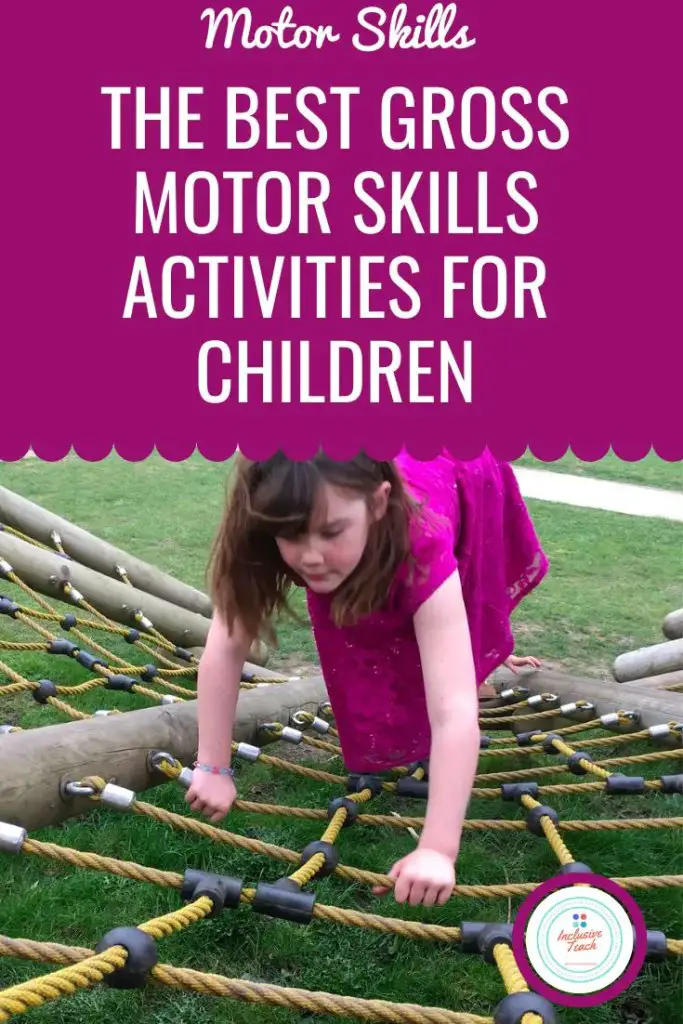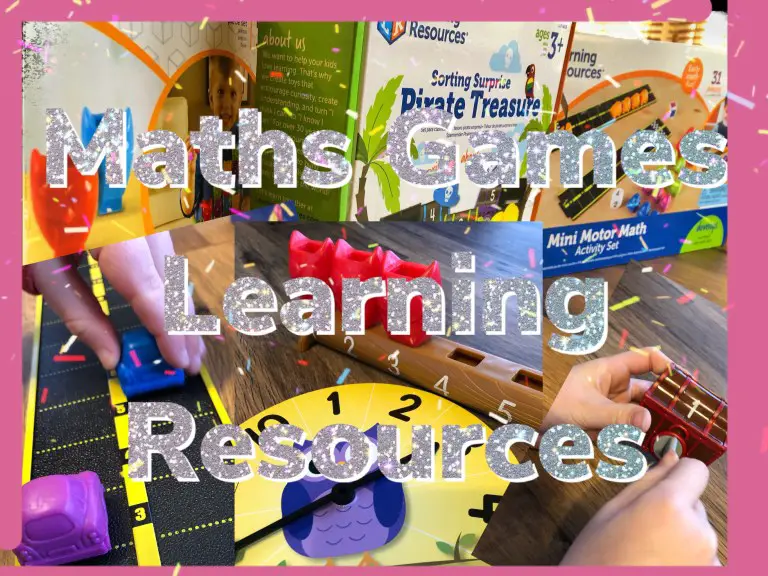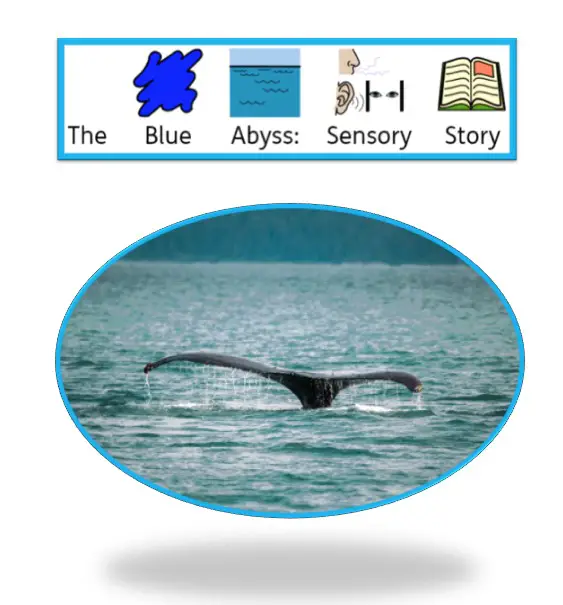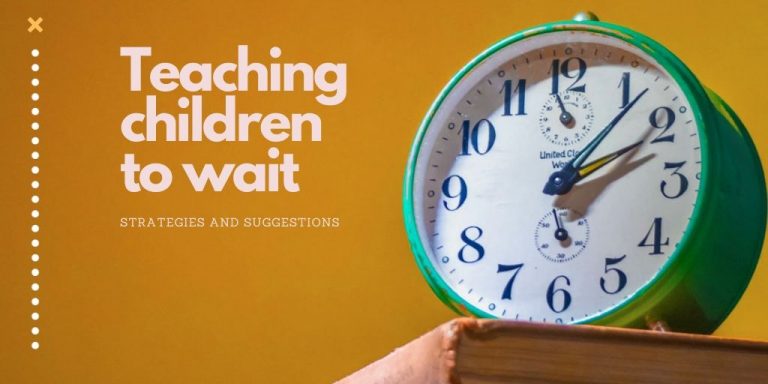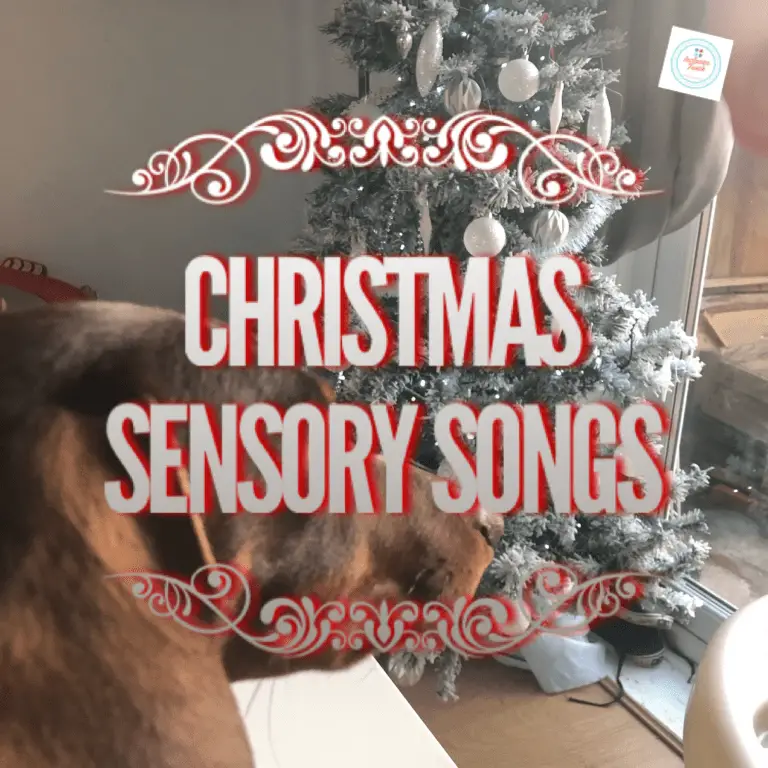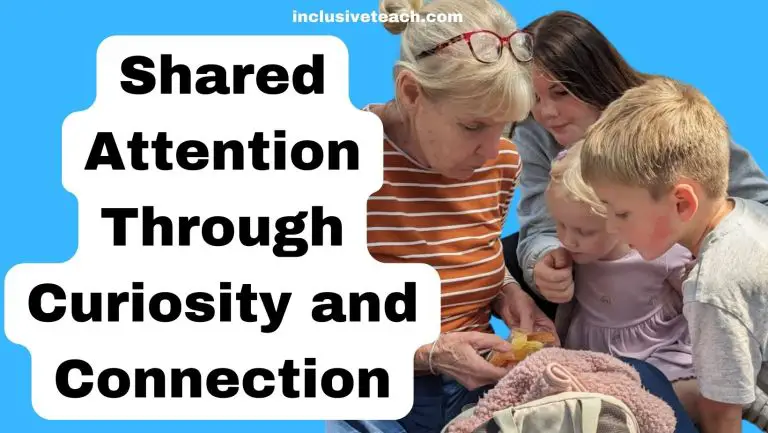Encouraging Play to Develop Gross Motor Skills in EYFS
Gross Motor Skill Development in EYFS/Pre-School
As an Early Years Foundation Stage (EYFS) teacher, it’s crucial to understand the importance of developing gross motor skills in young children. These skills lay the groundwork for their overall physical development and function, impacting their ability to perform everyday tasks, participate in sports and recreational activities, and maintain their health and wellness.
What are Gross Motor Skills?
Gross motor skills refer to the abilities needed to move and control the large muscles of the body for walking, running, sitting, crawling, and other activities. They form the basis for fine motor skills that involve the smaller muscles like those in the hands and fingers.
The Importance of Play in Developing Gross Motor Skills
Play is an effective, engaging, and natural way to promote the development of gross motor skills in children. It provides opportunities for children to explore, experiment, and refine their movements in a low-stress, enjoyable environment. Play also nurtures creativity, problem-solving abilities, and social skills, making it a well-rounded developmental tool.
Strategies for Encouraging Play to Develop Gross Motor Skills
1. Provide a Variety of Play Experiences
Different types of play can foster different aspects of gross motor development. For instance, climbing activities like jungle gyms or climbing frames can help to build strength and coordination. Running games can promote speed and agility.
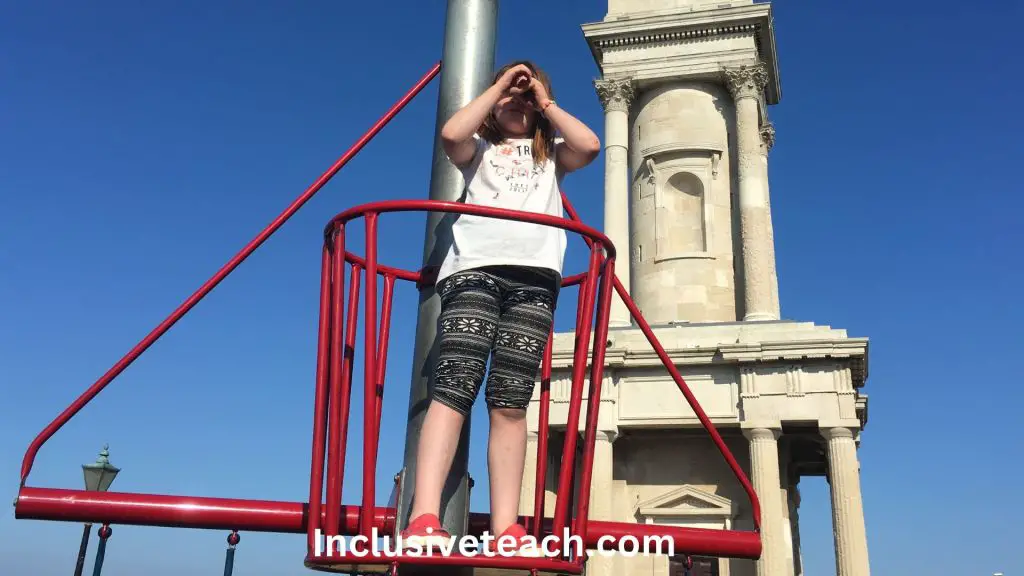
2. Incorporate Physical Activity into Daily Routines
Incorporate physical activities into the daily routine, such as hopping to line up or using animal walks to move from one place to another. YOu could also implement the Daily Mile into your school. This ensures that children get regular exercise and opportunities to practice their gross motor skills.
3. Use Props and Equipment
Props like balls, hoops, ribbons, or bean bags can make play more engaging and offer additional challenges. For example, throwing and catching a ball can improve hand-eye coordination and strength. One of our favourites is the parachute which if used well is very good for core, arm and leg muscle development.
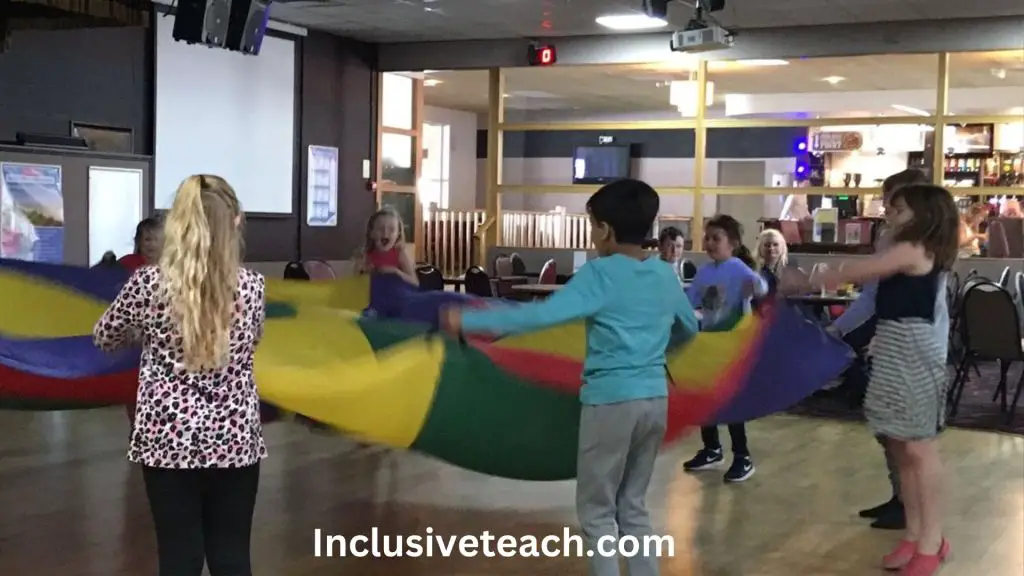
4. Encourage Safe Risk-Taking
Children learn through trial and error. Encourage them to try new movements and challenges, while ensuring a safe environment for them to do so. This might mean climbing a little higher on the playground or trying to jump from one spot to another.
5. Model and Participate in Play
Children often learn best by seeing and doing. Join in on their play and demonstrate how to perform different movements – only of they need it though working through things and child led problem solving . This not only provides a learning opportunity but also makes play a more social and enjoyable experience.
Frequently Asked Questions about Gross Motor Skills Development
Taken from a variety of contributors including both parents and teaching staff, these are 15 commonly asked questions about Gross Motor Skill development.
- What are gross motor skills and why are they important?
Gross motor skills allow children to navigate their world through movements like walking, running, jumping, kicking, throwing, etc. Mastering these skills helps develop fitness, coordination, confidence and independence which lays the foundation for future learning. - At what ages do children develop typical gross motor milestones?
Major gross motor milestones occur around cruising at 9 months, independent walking at 12 months, running at 18 months, hopping on one foot at 2.5 years, skipping at 3 years, and riding a tricycle at 3.5 years. - How do I know if my child is showing signs of delayed motor skill function?
Some signs include late emergence of skills compared to peers, inability to keep up with play, lack of balance, poor coordination or frequent falling. Measurement against developmental milestones helps identify possible delays. - When should I discuss concerns with the pediatrician?
Consult the pediatrician if your child is not meeting 2 or more gross motor milestones by 18 months of age, or any loss of previously achieved motor skills occurs. Early intervention increases chances of catching up. - What causes gross motor delays?
Common causes include low muscle tone, weakness, visual-spatial processing difficulties, sensory processing issues, developmental coordination disorder and certain genetic conditions like Down syndrome. - What activities best support development?
Unstructured play involving climbing, kicking balls, throwing/catching, balancing, peddling/scooting provides optimal motor practice. Activities should challenge the ‘just right’ zone to build skills. - What is my child’s school’s role?
Classroom teachers incorporate movement breaks, relay races and obstacle courses into daily lesson plans. Adequate recess allows children to practice physical skills with peers. Some kids benefit from adaptive physical education. - How do I encourage physical activity outside of school?
Plan outdoor activities whenever possible to naturally promote movement. Limit screen time and provide toys/equipment that interest your child to intrinsically motivate practicing gross motor skills. - How can I tell if the issues require therapy?
Persistent clumsiness, lack of coordination impacting self-care/play despite home program use, unsafe movements and risk of injury may benefit from a referral to occupational or physical therapy for formal assessment and specialised interventions for conditions such as dyspraxia. - What does occupational therapy entail for these issues?
Therapy focuses on developing underlying skills like balance, bilateral coordination and motor planning through customised exercises, play-based activities, adaptive equipment recommendation, home program set up and classroom accommodations when needed. - How long does therapy take?
Length of therapy depends on the severity of delay but most children see improvements within 3-6 months of regularly attending weekly 30-60 minute sessions. Ongoing carryover of strategies at home/school may still be needed. - What accommodations can help at school?
Some students benefit from sitting cushions, weighted vests, fidget tools, movement breaks built into lesson plans, adapted PE activities and preferential seating near the teacher. These should be established through an Individualised Education Program (IEP). - Are gross motor issues linked to other challenges?
Yes, gross motor delays can impact coordination required for self-care, writing and visual motor integration. It may also limit peer interaction opportunities during recess/sports which can impact social-emotional development over time if not addressed. - What tools can parents use to monitor progress?
Developmental checklists, milestone charts, videos of your child engaging in activities over time allow you to compare abilities to norms and observe subtle improvements with therapy/home program use to share with your child’s therapist. - Where can families find additional information and resources?
Reputable sources like your paediatrician, school district therapist, local children’s hospitals and organisations like the NHS (UK) and First5California (CA – USA) are excellent places to start. Ask your child’s Occupational Therapist (OT) or physical therapist for recommended books, websites and support groups too.
Gross Motor Activities EYFS
Here are 20 simple gross motor activity ideas for EYFS age (preschool & Kindergarten) children. I have tried to keep them simple with minimal equipment:
- Climbing – climbing frames, ladders, trees, jungle gyms
- Crawling – through tunnels, under obstacles
- Running – tag games, races, relays
- Jumping – trampolines, hopscotch, jumping rope
- Balancing – balance beams, river stones, standing on one leg
- Throwing – balls, beanbags, rings at targets
- Kicking – balls between cones, soccer goals
- Dancing – to music during playtime
- Pedaling – tricycles, bikes, scooters
- Rolling – log rolls down slopes, somersaults
- Skipping – with ropes or without
- Galloping – like horses around the play area
- Sliding – down slides, snow hills
- Swinging – on swings, hanging from bars
- Stretching – cosmic kids yoga, animal poses
- Spinning – twirling around safely
- Bouncing – on exercise balls, hopping
- Walking – nature walks, marching
- Shuffling – crab walk, bear walk
- Jumping jacks – standard and creative styles
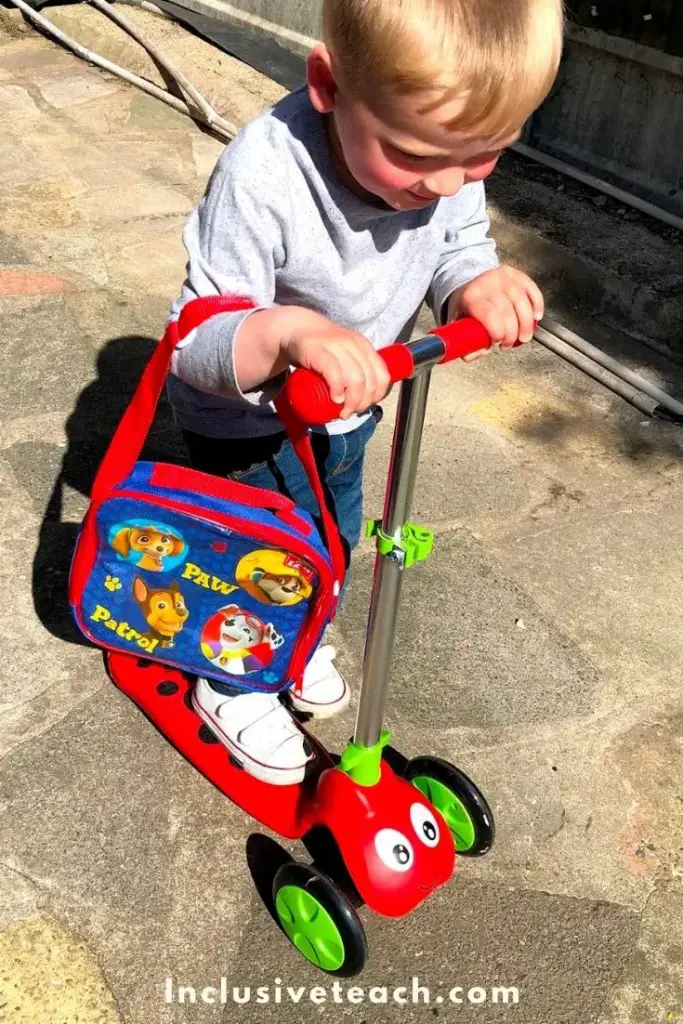
Health & Safety/Risk Assessment Considerations for Gross Motor Play
There are some important safety guidelines and precautions to consider when doing gross motor activities with young children in EYFS:
- Supervision – Continuous adult supervision is essential during all activities. Position yourself to see the entire play space.
- Space – Ensure there is adequate open space for the activity. Remove furniture or obstructions that could get in the way.
- Surfaces – Use soft, impact-absorbing surfaces under climbing structures, swings, etc. Grass or rubber mats work well.
- Hazards – Scan area and equipment for sharp edges, splinters, loose pieces, protruding hardware, etc. Cover concrete or asphalt with mats.
- Attire – Make sure children wear clothing and footwear that allows for free movement. Avoid loose strings, jewelry, or scarves that could get caught.
- Skill level – Know each child’s ability and tailor activities to their individual level to avoid frustration. Provide assistance if needed.
- Demonstrate – Model proper safety techniques like waiting turns, controlled movements, bending knees when landing from jumps, etc.
- Falls – Teach children how to fall safely, landing on larger body parts. Do not use hard equipment if a child is too young to fall safely.
- Hydration – Provide water breaks so children avoid dehydration during active play.
- Head protection – Use helmets for biking, scooters, etc. to protect from head injuries.
- First aid – Keep first aid supplies on hand in case of minor injuries like scratches or bumps. Know any allergies or health conditions.
- Emergency protocol – Have emergency contact info handy and know procedures if a serious injury occurs. Keep phone available.
Concluding Thoughts About Gross Motor Skills
Encouraging play to develop gross motor abilities is a crucial part of early childhood education. As EYFS teachers, we have the opportunity to lay a strong foundation for children’s physical development while also fostering their love for learning and exploration. Remember, the goal is not to rush development but to provide a supportive, engaging, and fun environment where children can grow and develop at their own pace.
